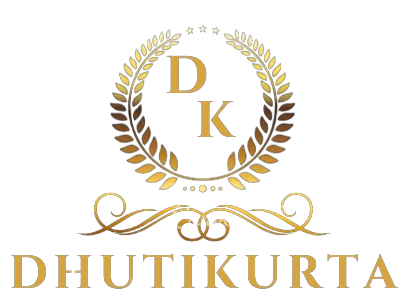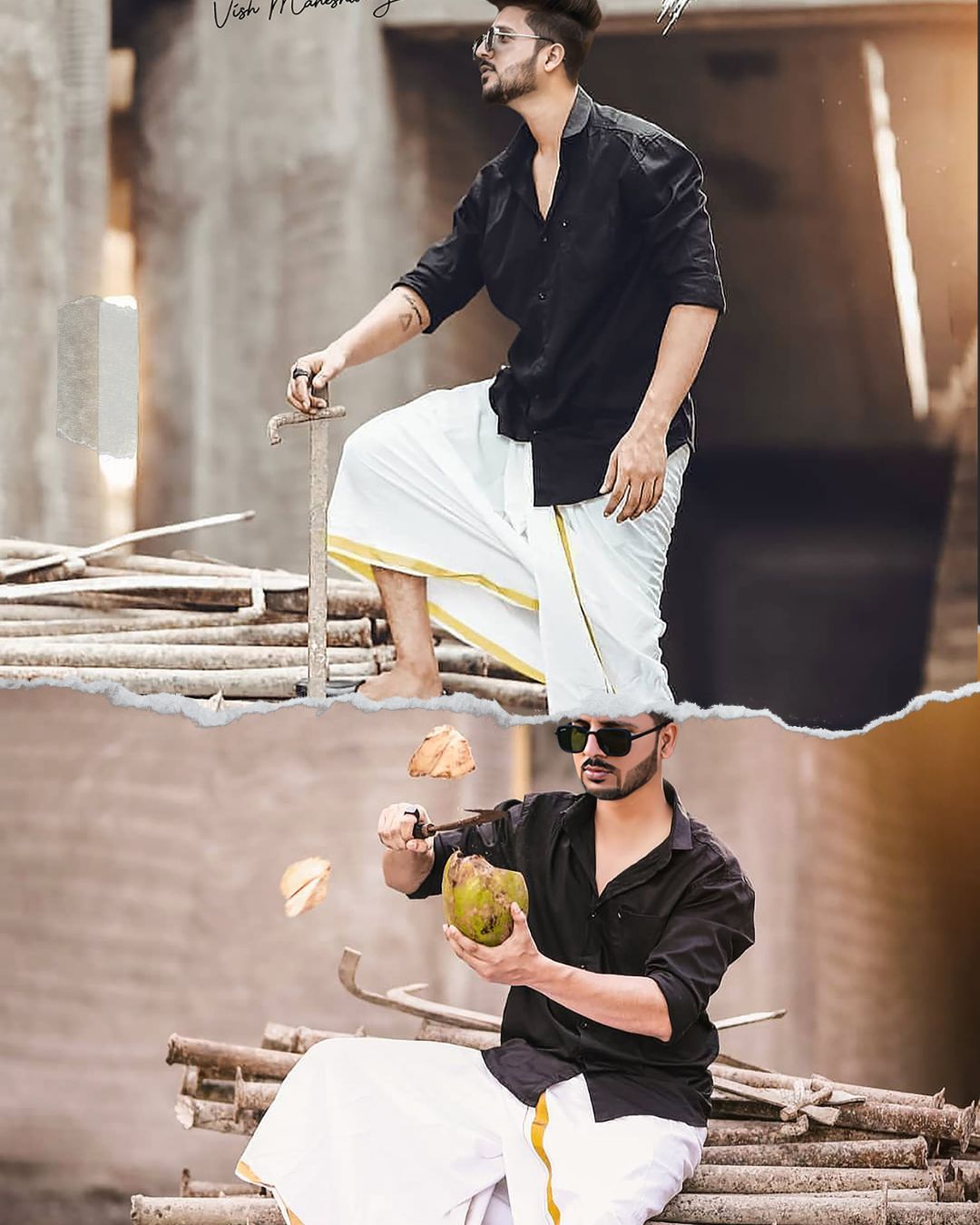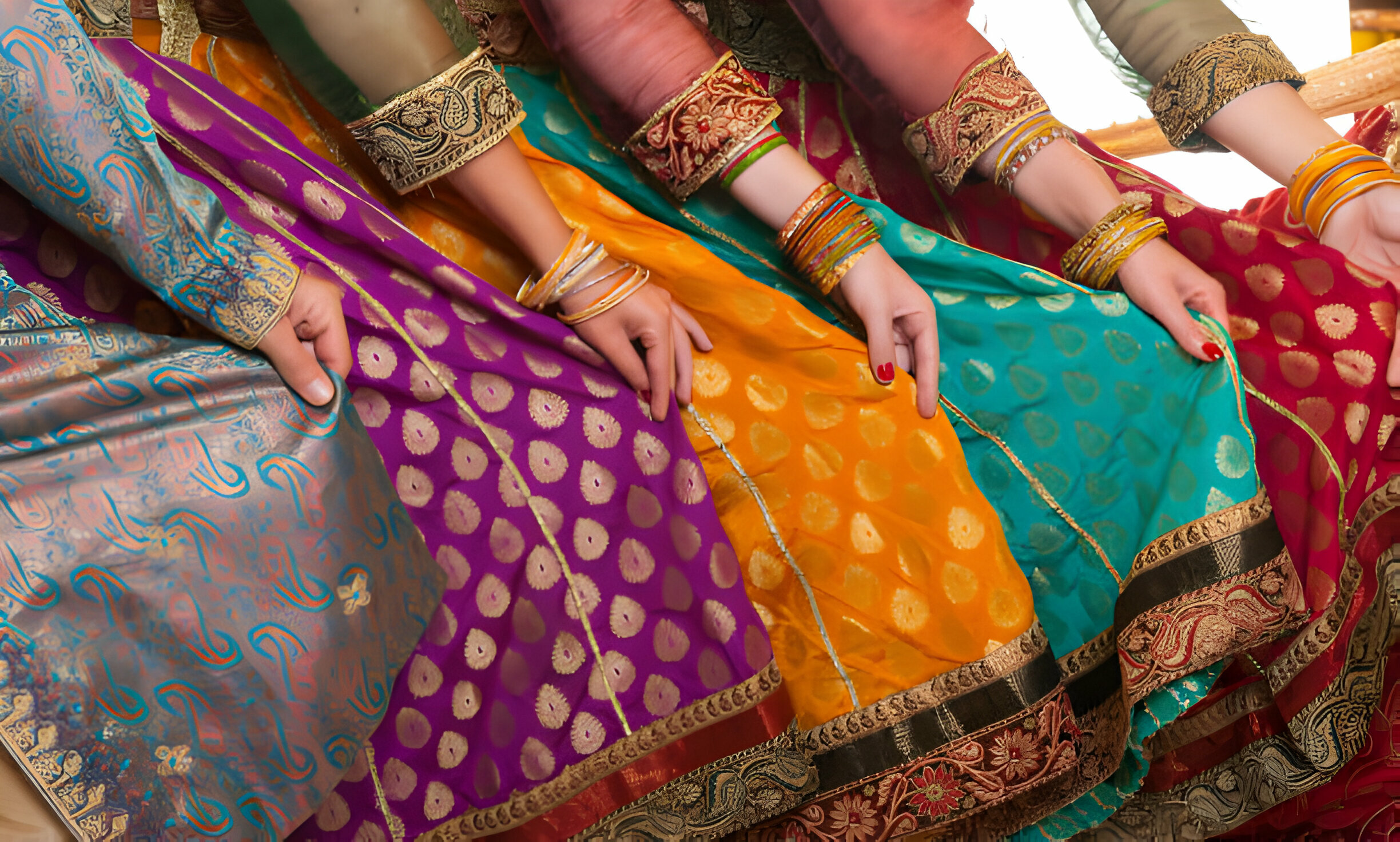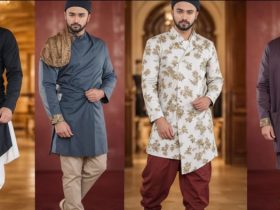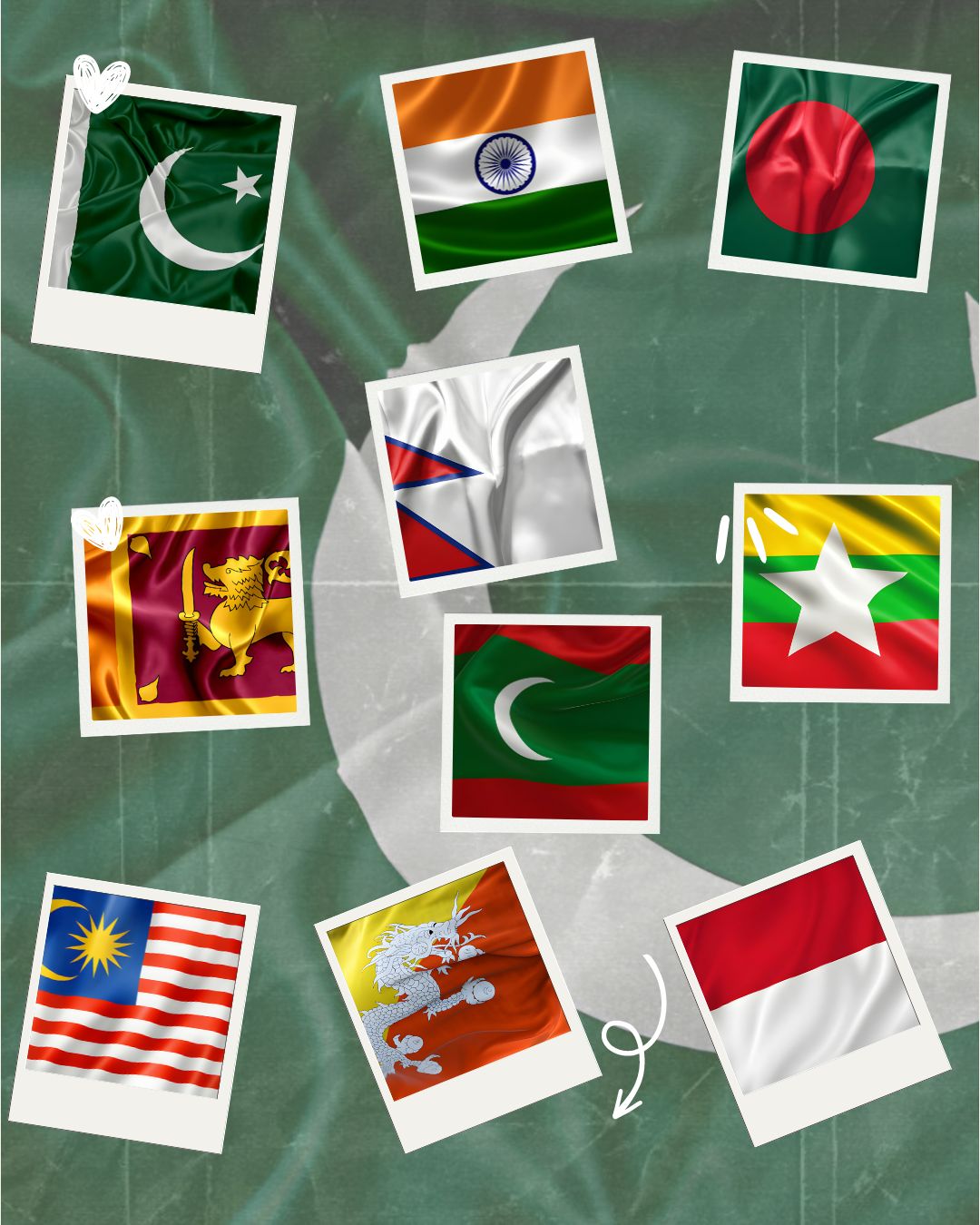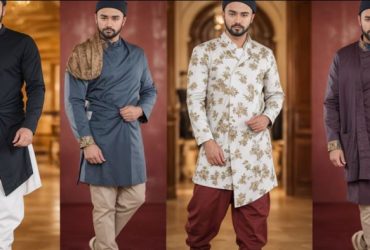The Dhoti Kurta, a quintessential ensemble in men’s traditional wear, holds a position of profound historical and cultural significance. This traditional attire, consisting of the Dhoti, a piece of unstitched cloth, and the Kurta, a loose-fitting tunic, goes beyond being a mere garment; it serves as a symbolic representation of India’s rich heritage. The Dhoti Kurta is not just a mode of dressing; it embodies a living history of fashion evolution, acting as a cultural artifact that seamlessly blends tradition and identity. Its roots can be traced back to ancient India, and over the centuries, it has evolved into an iconic attire that encapsulates the essence of Indian culture. The Dhoti Kurta stands as a testament to the enduring nature of certain sartorial choices that withstand the test of time, reflecting the values, customs, and aesthetics of diverse communities across the Indian subcontinent.
In this comprehensive exploration, we embark on a journey through the layers that have woven the Dhoti Kurta into an iconic attire for men. From its ancient origins to its adaptation through various dynasties and empires, the Dhoti Kurta reflects the dynamic cultural tapestry of India. It not only adapts to regional variations but also showcases a timeless appeal that goes beyond transient fashion trends. This exploration aims to unravel the historical threads that have shaped the Dhoti Kurta, emphasizing its significance as more than just a piece of clothing. It is a cultural artifact that continues to resonate with individuals, acting as a visual narrative that connects the present generation to the rich legacy of the past, creating a bridge between tradition and contemporary fashion.
Ancient Origins
The roots of the Dhoti Kurta for men extend back to ancient India, where individuals adorned simple cloth garments. The Dhoti, a piece of unstitched cloth, and the Kurta, a loose-fitting tunic, were fundamental elements of men’s clothing during the Vedic period. This traditional attire not only provided practicality and comfort but also symbolized modesty and simplicity – values deeply ingrained in the cultural fabric of the time.
The Dhoti Kurta, with its inherent simplicity, reflects the timeless essence of men’s traditional wear, transcending the boundaries of fashion trends. The ancient origins of this ensemble form the cornerstone of its enduring appeal in contemporary men’s fashion.
Cultural Significance
As centuries unfolded, the Dhoti Kurta evolved beyond its utilitarian origins to become a symbol of cultural identity. This ensemble, with its ability to adapt to regional nuances, reflected the diverse tapestry of the Indian subcontinent. Different regions embraced unique variations, incorporating local fabrics, colors, and embroidery techniques. The attire became an integral part of religious ceremonies, festivals, and special occasions, embodying the rich cultural heritage of the country.
In modern menswear, the Dhoti Kurta continues to carry cultural significance, serving as a timeless representation of Indian tradition. Designers and fashion enthusiasts alike recognize the enduring appeal of this attire, ensuring its presence in contemporary wardrobes.
Influence of Dynasties and Empires
The Dhoti Kurta’s journey is entwined with the rise and fall of dynasties and empires throughout Indian history. Each ruling power left an indelible mark on the evolution of men’s traditional wear, influencing materials, designs, and draping styles. From the opulent styles favored by the Mughals to the simplicity embraced during the Gandhian era, each period contributed to the diversity of the Dhoti Kurta.
Royal courts served as platforms for the display of intricate designs and unique draping styles, shaping the aesthetic of men’s traditional clothing. Today, gents’ Dhoti Kurta pays homage to this historical legacy, combining opulence and simplicity in contemporary menswear.
Regional Variations
The Dhoti Kurta’s charm lies in its adaptability to diverse cultural landscapes. Different regions of India have developed their distinctive styles, giving rise to a myriad of variations. Whether it’s the Bengali Dhoti Kurta with fine muslin fabric and elaborate embroidery, or the Rajasthani style with vibrant colors and mirror work, these regional variations enrich the cultural tapestry of the Indian subcontinent.
In the realm of men’s fashion, acknowledging and celebrating these regional variations becomes pivotal. The diversity of men’s Dhoti Kurta designs reflects not only cultural richness but also the versatility of this traditional attire in contemporary menswear.
Symbol of Simplicity and Elegance
The enduring charm of the Dhoti Kurta lies in its symbolization of simplicity and elegance. In the ever-evolving world of men’s fashion, this attire’s minimalistic design and ease of wear make it a preferred choice for various occasions. The understated elegance of men’s Dhoti Kurta transcends transient fashion trends, embodying a classic and timeless style.
As menswear continues to evolve, the Dhoti Kurta remains a beacon of simplicity and sophistication, catering to individuals who seek a blend of cultural tradition and contemporary elegance.
Evolution through the Colonial Era
The colonial era ushered in significant changes to Indian clothing, with Western influences shaping men’s traditional wear. Despite these changes, the Dhoti Kurta persisted as a symbol of resistance and cultural pride. Leaders like Mahatma Gandhi adopted the Khadi Dhoti Kurta, emphasizing self-reliance and non-violent protest.
In contemporary men’s fashion, the Khadi Dhoti Kurta stands as a testament to resilience and cultural identity. The fusion of traditional elements with modern influences ensures its relevance in the evolving landscape of men’s clothing.
Bollywood's Impact
Bollywood’s influence on men’s fashion cannot be overstated, and the Dhoti Kurta has been a prominent player in this narrative. From iconic actors donning this traditional attire on screen to fashion designers drawing inspiration from Bollywood films, the Dhoti Kurta has seamlessly transitioned from cultural attire to a fashionable choice for men.
Gents’ Dhoti Kurta, as influenced by Bollywood, showcases the dynamic fusion of traditional and modern elements. This influence has propelled the attire into mainstream men’s fashion, making it not just a cultural statement but also a style statement embraced by men globally.
Contemporary Revival
In recent years, there has been a noticeable revival of interest in traditional attire, and the Dhoti Kurta has emerged as a focal point in this resurgence. Designers are actively incorporating traditional craftsmanship into modern menswear, celebrating the rich heritage of the Dhoti Kurta with contemporary flair.
The contemporary revival goes beyond nostalgia; it signifies a conscious effort to blend traditional craftsmanship with modern aesthetics. This renewed interest in men’s Dhoti Kurta reflects a collective desire for authenticity in a world dominated by fast fashion and fleeting trends.
Global Influence
The global appeal of the Dhoti Kurta extends far beyond the borders of India. Fashion enthusiasts and designers worldwide recognize the unique charm and cultural significance of this traditional attire, incorporating its elements into global men’s fashion collections.
Gents’ Dhoti Kurta, with its adaptability to different body types and occasions, has become a symbol of cross-cultural fashion. Its global influence highlights its universal appeal, showcasing the ability of cultural attire to transcend geographical boundaries.
Conclusion
In conclusion, the Dhoti Kurta for men stands as a timeless and iconic ensemble that transcends mere clothing to become a cultural legacy. Rooted in ancient traditions, this attire has weathered the winds of change, adapting and evolving while retaining its essence. Beyond being a symbol of cultural identity, the Dhoti Kurta embodies the values of simplicity, elegance, and a deep connection to heritage.
Its journey through the pages of history, influenced by dynasties, empires, and global shifts, underscores its resilience. From the opulence of royal courts to the simplicity embraced during the Gandhian era, the Dhoti Kurta has witnessed and embraced diverse influences, showcasing its versatility and adaptability.
